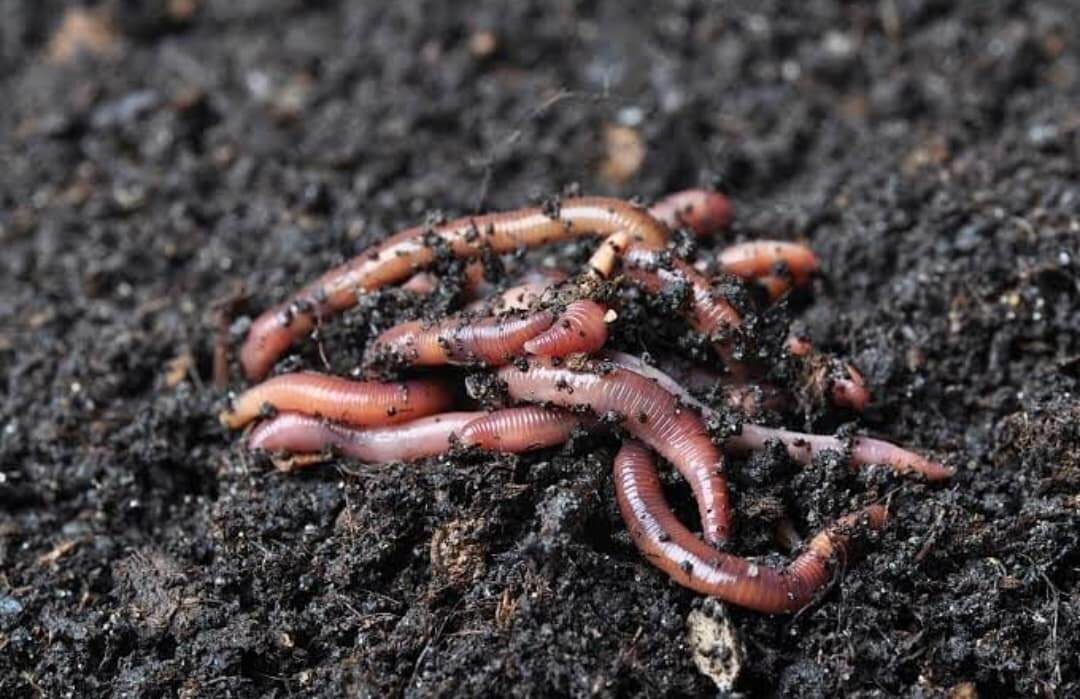Introduction
Adding nightcrawlers to your garden is a natural and effective way to enhance soil health and boost plant growth. Nightcrawlers, a type of earthworm, are known for their ability to aerate the soil and improve nutrient cycling. This article explains why you should put nightcrawlers in your garden, how to introduce them properly, and tips to maintain their population for long-term garden benefits.
Why Put Nightcrawlers in Your Garden?
Nightcrawlers play a crucial role in organic gardening. Here’s why gardeners choose to add them:
- Soil Aeration: Nightcrawlers burrow deep into the soil, creating tunnels that allow air, water, and roots to penetrate more easily.
- Nutrient Recycling: They consume organic matter and produce castings rich in nutrients, enhancing soil fertility naturally.
- Improved Soil Structure: Their activity helps create a crumbly soil texture, which improves drainage and root growth.
According to studies by soil scientists, gardens with healthy earthworm populations show improved plant vigor and higher yields. Their presence signals a well-balanced ecosystem.
How to Introduce Nightcrawlers to Your Garden
Choosing the Right Nightcrawlers
Not all earthworms are the same. Nightcrawlers (Lumbricus terrestris) are preferred because they live deeper underground and create large burrows. You can buy them from bait shops, online suppliers, or local worm farms.
Preparing Your Garden
Before adding nightcrawlers, prepare your garden soil:
- Remove chemical pesticides and fertilizers that can harm worms.
- Add organic matter like compost or leaf mulch to provide food.
- Maintain moist soil but avoid waterlogging.
Introducing Nightcrawlers
- Release nightcrawlers in the evening or on a cloudy day to reduce stress.
- Scatter them evenly across the garden beds.
- Lightly water the area to help them settle.
Best Practices
- Avoid digging too deep immediately after introduction to prevent disturbing their habitat.
- Maintain a layer of mulch to protect worms from extreme weather.
Maintaining a Healthy Nightcrawler Population
Once introduced, support your nightcrawlers by:
- Regularly adding organic compost and mulches to supply food.
- Minimizing tilling to avoid damaging their tunnels.
- Keeping soil moist but well-drained.
- Avoiding synthetic chemicals and heavy metals in the soil.
Gardeners who follow these practices often report a steady increase in worm activity and improved soil quality within months.
Common Questions About Nightcrawlers in Gardens
Can Nightcrawlers Survive in Any Climate?
Nightcrawlers thrive best in moderate climates with moist, rich soils. In very dry or extremely cold regions, their activity may slow or they may burrow deeper to survive.
How Many Nightcrawlers Should I Add?
Generally, adding about 1,000 worms per 100 square feet is effective. However, the exact number can vary depending on garden size and soil conditions.
Are Nightcrawlers Safe for Plants?
Yes, nightcrawlers do not harm plants. They improve soil health, indirectly benefiting plant roots and growth.
Conclusion
Putting nightcrawlers in your garden is a proven, natural method to enrich soil fertility and improve plant health. By carefully introducing and nurturing these beneficial worms, you create a thriving underground ecosystem that supports sustainable gardening. Start with proper preparation, select quality worms, and maintain organic practices to enjoy the long-term rewards of healthier, more productive soil. Embrace nightcrawlers as your garden allies and watch your plants flourish naturally!
